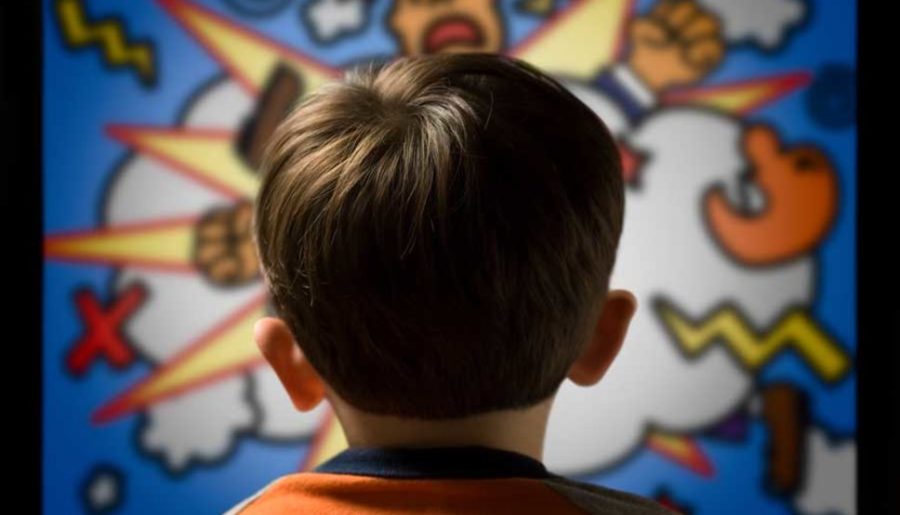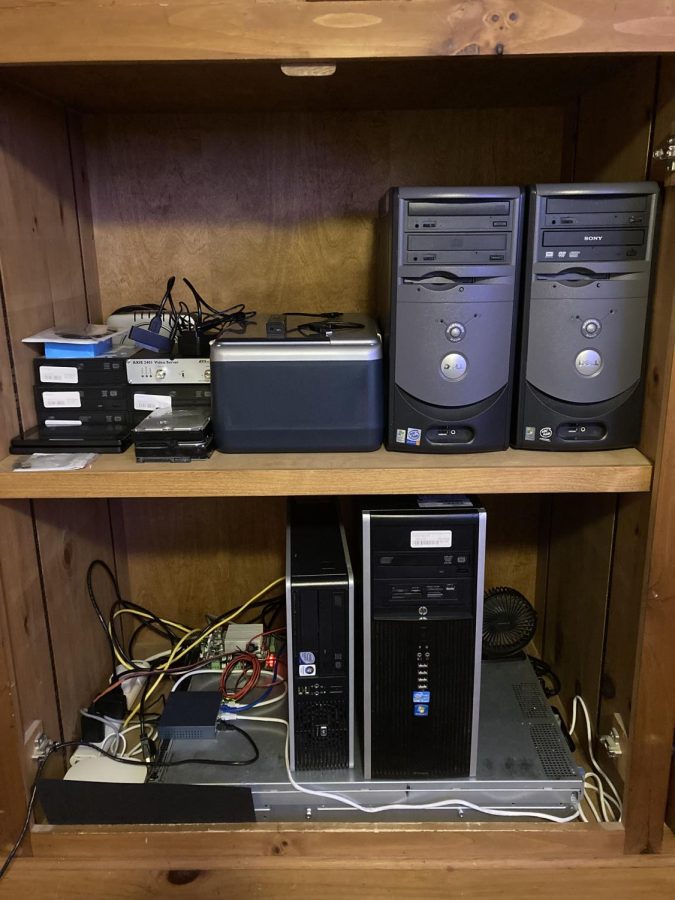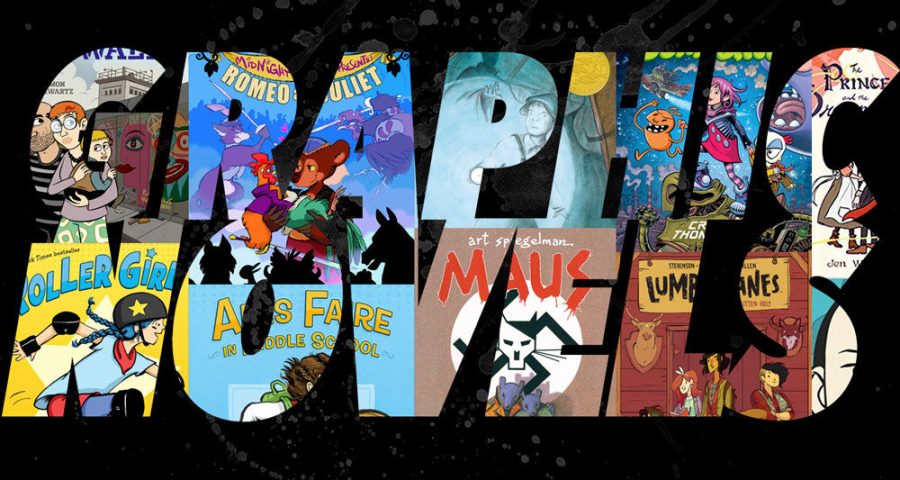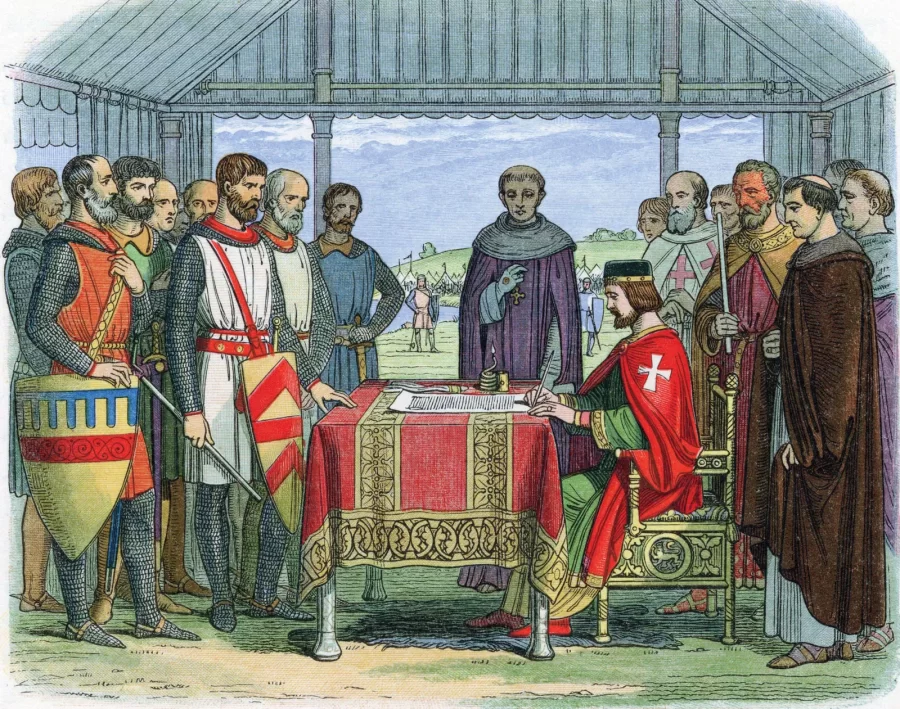Worldly Artifacts
Writing has been used to communicate and leave messages for decades. There are intriguing records that exist in all cultures. There is variety and uniqueness in the difference of cave paintings, hieroglyphics, historical documents, and emails. Through these things, we get a glimpse into the life and daily acts of the people connected to those records.
With these historical pieces, we better understand the different social get-togethers, politics, and religious/social values of the creator, or the time when the artifacts were created. We receive the legacy of those pieces of work. The same goes for cave paintings. One of the most exciting pieces of information regarding Paleolithic cave paintings that researchers have come across is animation. Different pigments and layouts were used to present a moving image as light flickers and shifts along the surface on which the art was done.
“Paleolithic artists designed a system of graphic narrative that depicted several events befalling the same animal, or groups of animals, so transmitting an educational or allegorical message. They also invented the principle of sequential animation, based on the properties of retinal persistence. This was achieved by showing a series of juxtaposed or superimposed images of the same animal,” says Ahmed Kabil from The Long Now Foundation.
Other valuable records have also made considerable changes to society and the world as we know it. For example; the Magna Carta. In 1215 the Magna Carta was created, and it is recognized as one of the first written documents introducing the concept of human rights. It also helped shape the Governmental framework of the United States.
“The right to petition and habeas corpus and the concept of due process is derived from language in the Magna Carta, which also was a forerunner of Parliament, the Declaration of Independence, the U.S. Constitution, and the U.S. Bill of Rights.”
This is a clear example of how artifacts have legacies, and the power to shape the world beyond their original purpose and value. Through these different artifacts, we get a glimpse into the life and daily acts of the people connected to those records. Artifacts help us shape our modern world in a way that reflects the values humanity has always held dear while providing insight into previous mistakes and mishappenings.
Works Cited
“Magna Carta Summary (1215), Petition of Right – Human Rights.” United for Human Rights, https://www.humanrights.com/what-are-human-rights/brief-history/magna-carta.html. Accessed 3 January 2023.
“Paleolithic Cave Paintings Appear to be the Earliest Examples of Sequential Animation and Graphic Narrative.” The Long Now Foundation, 24 March 2018, https://longnow.org/ideas/paleolithic-cave-paintings-appear-to-be-the-earliest-examples-of-sequential-animation-and-graphic-narrative/. Accessed 3 January 2023.
Stenton, Doris Mary. “Magna Carta | Definition, History, Summary, Dates, Rights, Significance, & Facts.” Britannica, https://www.britannica.com/topic/Magna-Carta. Accessed 3 January 2023.
Your donation will support the student journalists of Point of Discovery School. Your contribution will allow us to purchase equipment and cover our annual website hosting costs.

Aiden is a Senior at Point of Discovery School. She has been attending PoDs for around 7 years and is now getting ready to be a part of the first graduating...














